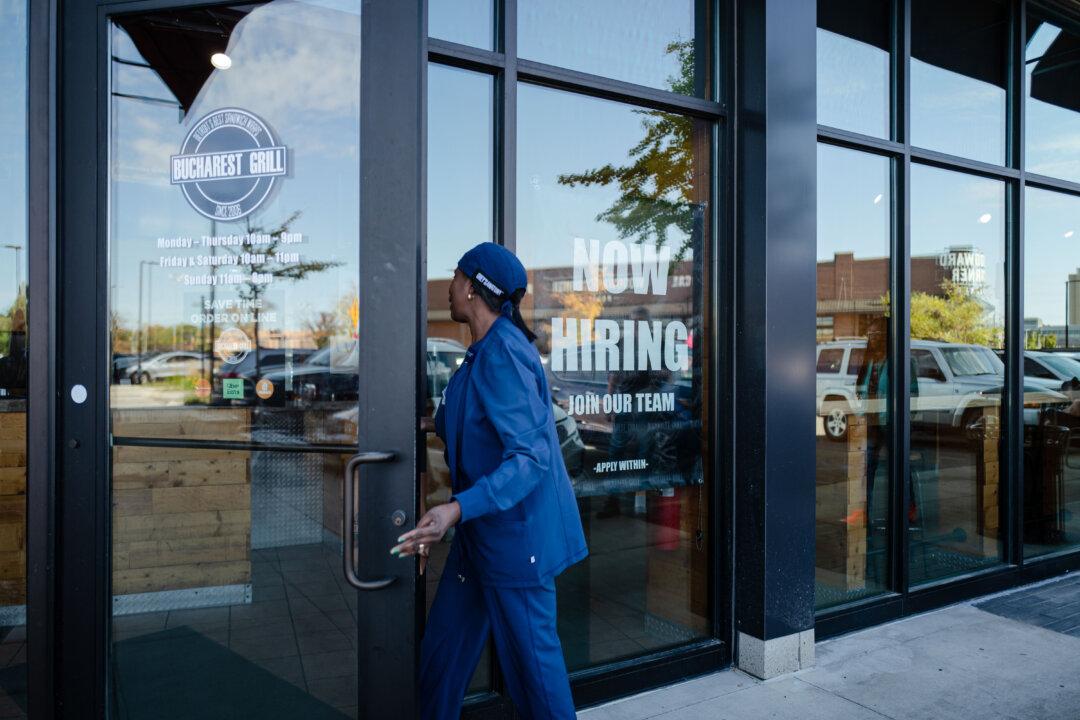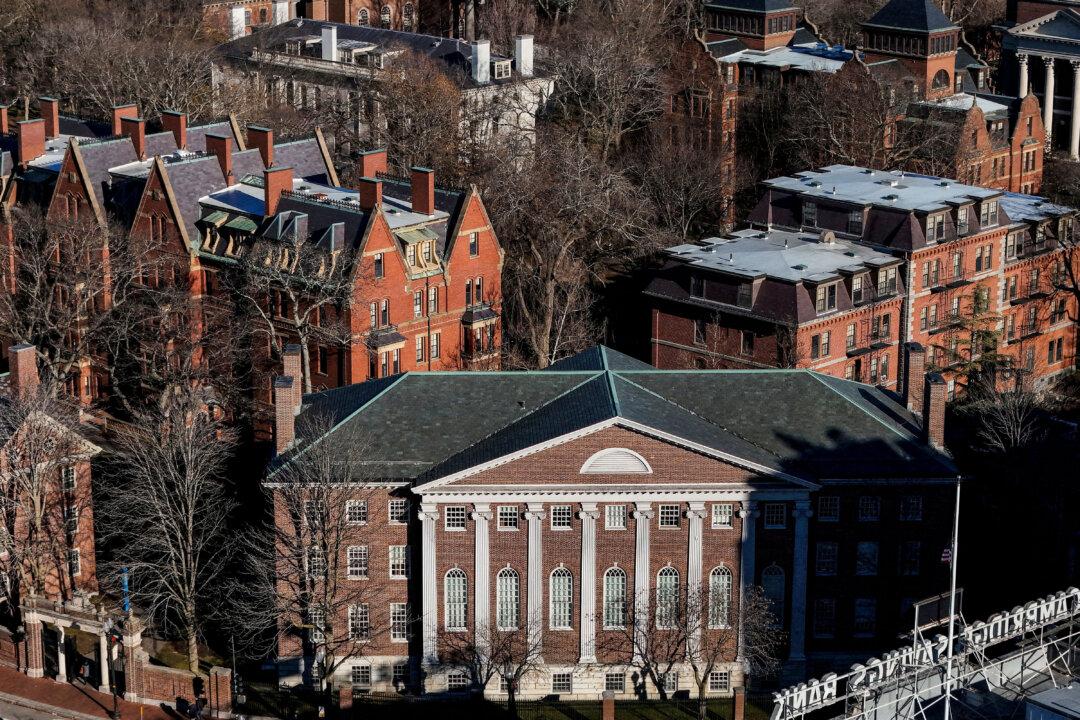Median pay for employees who stayed in their jobs rose by 4.5 percent from a year earlier, down slightly from 4.6 percent in March, while workers who switched employers saw a 6.9 percent increase, up from 6.7 percent.
“Unease is the word of the day,” said Nela Richardson, chief economist at ADP. “Employers are trying to reconcile policy and consumer uncertainty with a run of mostly positive economic data. It can be difficult to make hiring decisions in such an environment.”
ADP’s report found that goods-producing industries added 26,000 jobs. Construction led with 16,000, followed by natural resources and mining with 6,000. Manufacturing payrolls edged up 4,000.
Service-providing companies added 34,000 positions. Leisure and hospitality grew by 27,000, and trade, transportation, and utilities increased by 21,000. Education and health services trimmed 23,000 jobs, information declined by 8,000, and professional and business services slipped by 2,000.
Regionally, the Midwest posted the largest gain, with 42,000 jobs. The Northeast added 10,000, the West 9,000, and the South 3,000, where losses in the West South Central states offset hiring elsewhere.
Mid-sized companies with 50–499 employees hired 40,000 workers. Large employers added 12,000, and small businesses expanded payrolls by 11,000. Among very small companies with fewer than 20 employees, payrolls rose by 20,000, while companies with 20–49 workers cut 9,000.
Pay growth stayed broadly steady. Financial activities workers who remained in their roles received the strongest median increase at 5.1 percent. Annual gains were 4.7 percent in construction, education and health services, and leisure and hospitality. Employees at the smallest businesses recorded the slowest growth, at 2.8 percent.
For comparison, annual wage growth for job stayers averaged about 3.2 percent in the five years leading up to 2020, indicating pay pressures remain higher than pre-pandemic norms even as they ease from peaks seen in 2022.
Economists view the ADP data as a directional indicator rather than a precise forecast of the government’s payroll tally, but April’s slowdown aligns with softer job-opening numbers and reduced hiring plans in recent manufacturing surveys. Private payroll growth, however, remains above the monthly average of roughly 50,000 recorded in the decade before the pandemic.
ADP revised March’s payroll figure lower by 8,000. The report precedes the Labor Department’s April employment data, due Friday, which will provide a broader look at both private- and public-sector hiring.
ADP and the Stanford Digital Economy Lab base their monthly report on anonymized payroll records covering more than 25 million U.S. workers.







